-
Presentation
Presentation
Analyzing the contemporary theories and practices of correlation between Artistic Installation strategies and Design is fundamental for today's students. From fictional design to expanded cinema, exploring experimental modes of filming, montage, installation, projection and presentation of images (still or in motion) in spaces such as the white cube (gallery / museum), the black box (cinema) or the specific site (public art, land art or intervention art) are gestures that enrich the study of this UC. Approach different systems of transformation and perception of three-dimensional spaces through the installation of works planned for this purpose, and experiment with different levels of interaction, from a simple reaction to a non-linear narrative, while building your own project using a series of concepts and techniques , translate into important creative and imagistic resources for the Design student.
-
Class from course
Class from course
-
Degree | Semesters | ECTS
Degree | Semesters | ECTS
Bachelor | Semestral | 4
-
Year | Nature | Language
Year | Nature | Language
3 | Mandatory | Português
-
Code
Code
ULHT93-17986
-
Prerequisites and corequisites
Prerequisites and corequisites
Not applicable
-
Professional Internship
Professional Internship
Não
-
Syllabus
Syllabus
- Installation and conceptual art: Theories and concepts of interactive installations - Approach to theoretical concepts of interaction - Installation art: The path of the installation in the artistic field -Fictional design: from the formal, material and optical exploration of Yayoi Kusama, to the typographic and numerical experimentation of Robert Indiana; of Emmanuelle Moureaux, to the behavioural analysis of teamLab; -Expanded cinema: cinematic exploration in installation: from Jeffrey Shaw to Bill Viola. -Video art: Technological, socio-political and cultural conditions that led to the use of video for artistic purposes; - Analysis of immersion (Virtual Reality), video, sound, materials, real/virtual dichotomy (Augmented Reality), in the conception and exploration of the installation space.
-
Objectives
Objectives
1.Understand the definition of installation and conceptual art, and understand the change in the paradigm of the observer who passes from spectator to participant; 2. Distinguish the main artists and works related to the installation and their relationship with art, design and cinema; 3. Understand the transversality, permeability and malleability of the installation and its potential as a disciplinary integrator; 4. Understand the importance of the installation as a pioneer in the exploration of new media; 5. Explore, with a conceptual purpose in mind, different spaces, materials and types of content; 6. Use the techniques and methods analyzed and taught, putting them at the service of installation projects that benefit the transdisciplinary between art, design and cinema.
-
Teaching methodologies and assessment
Teaching methodologies and assessment
The creative methodologies used invest in the use of disruptive strategies, introducing new ways of looking at the contents. Thus, the pedagogical design follows a line of thought with the aim of creating an articulated relationship between thinking, feeling and doing, reorganizing the order of these three elements into new geometries whenever possible. From a specific context (story, challenge, brief, etc.) students are compelled to develop attitudes and behaviors in a project or laboratory mode, aiming to work on skills and curricular content in a dynamic and interactive way, mobilizing the student's different abilities and their different types of knowledge. Some methodologies involve the introduction of creative challenges (use of objects, images, sounds or people, events or actions), creation of artifacts (production of analogue/other micro-devices, graphic and written diaries, cartography), use of the body (expression body).
-
References
References
Bal, M. (2013). Thinking In Film: The Politics Of Video Art Installation According To Eija-Liisa Ahtila . Uk: Bloomsbury. Beccaria, M. (2013). Olafur Eliasson (Modern Artists). Tate Publishing Bishop,C. (2011). Installation Art. Tate Publishing Curtis, D. / White,D. / Ball, S., (2011). Expanded Cinema: Art, Performance And Film. Tate Publishing Dixon, S. (2017). Digital Performance : A History Of New Media In Theater, Dance, Performance Art, And Installation. Mit Press Ltd Elwes, C. (2015). Installation And The Moving Image Paperback. Wallflower Press Sendpoint. (2015). Art Sells: Installation Designs For Retail Spaces . Beijing: Sendpoint Publishing Co.
-
Office Hours
Office Hours
-
Mobility
Mobility
Yes










